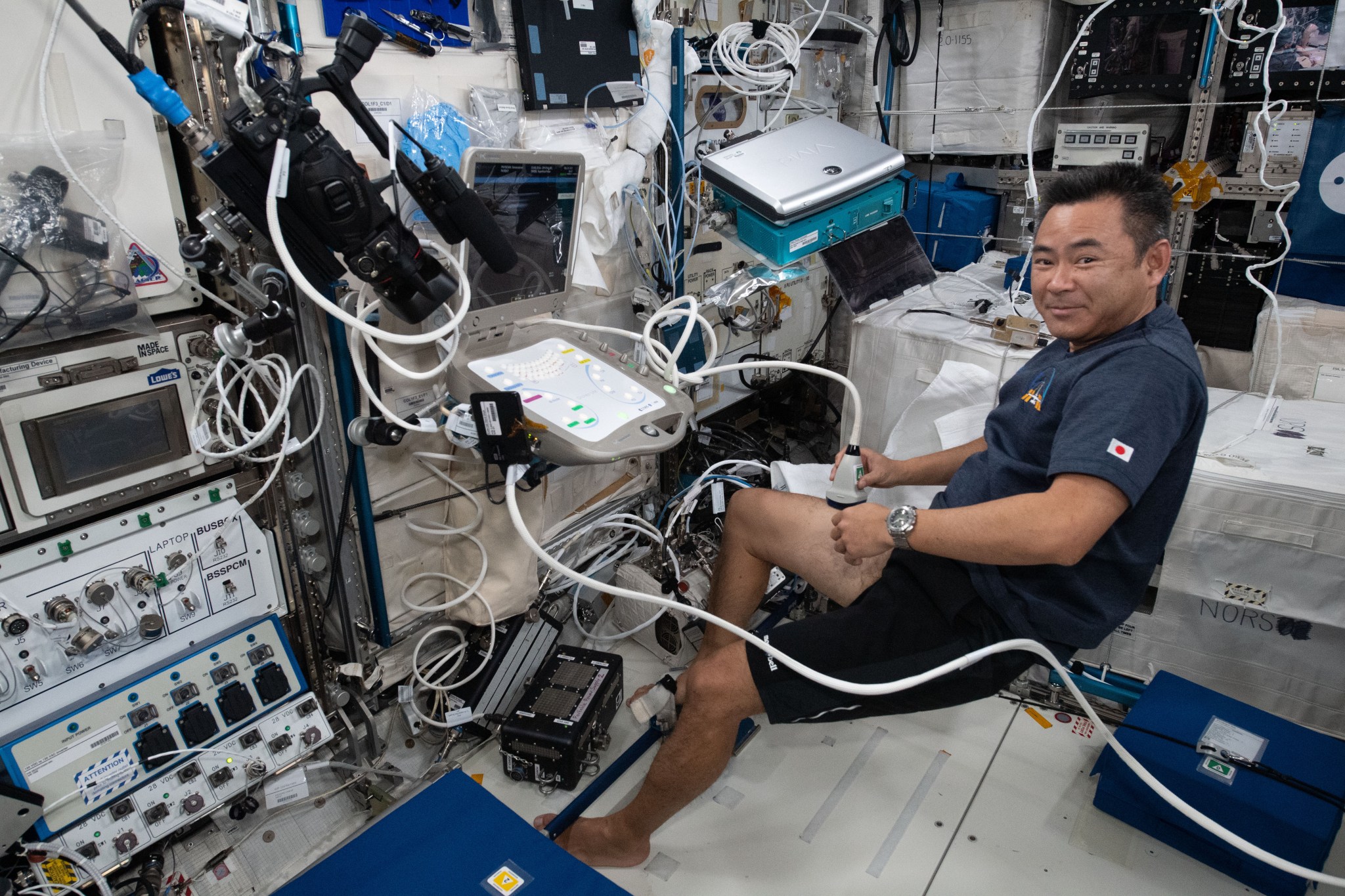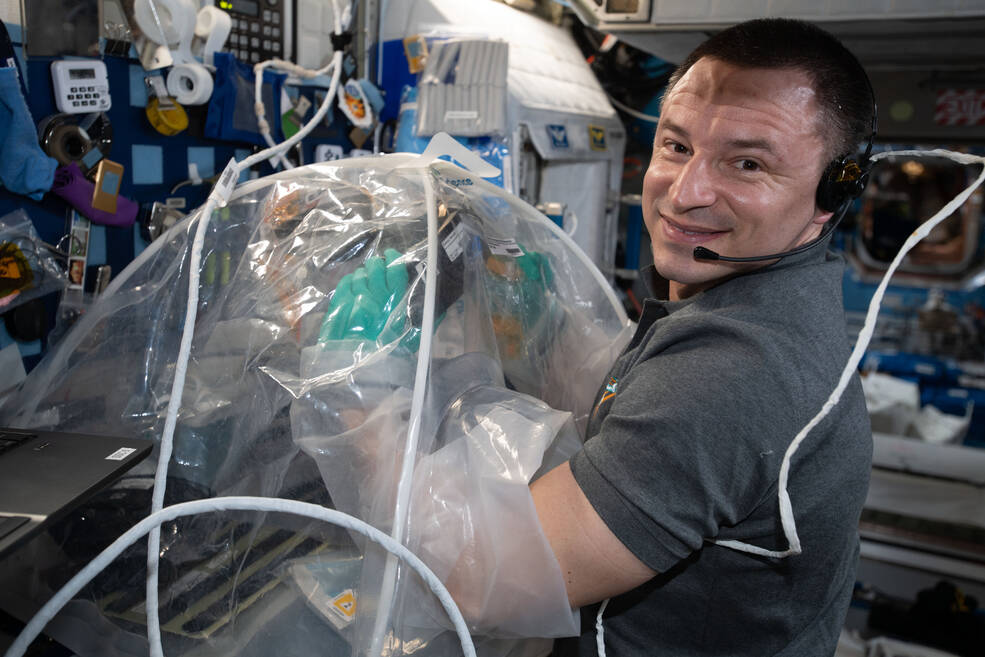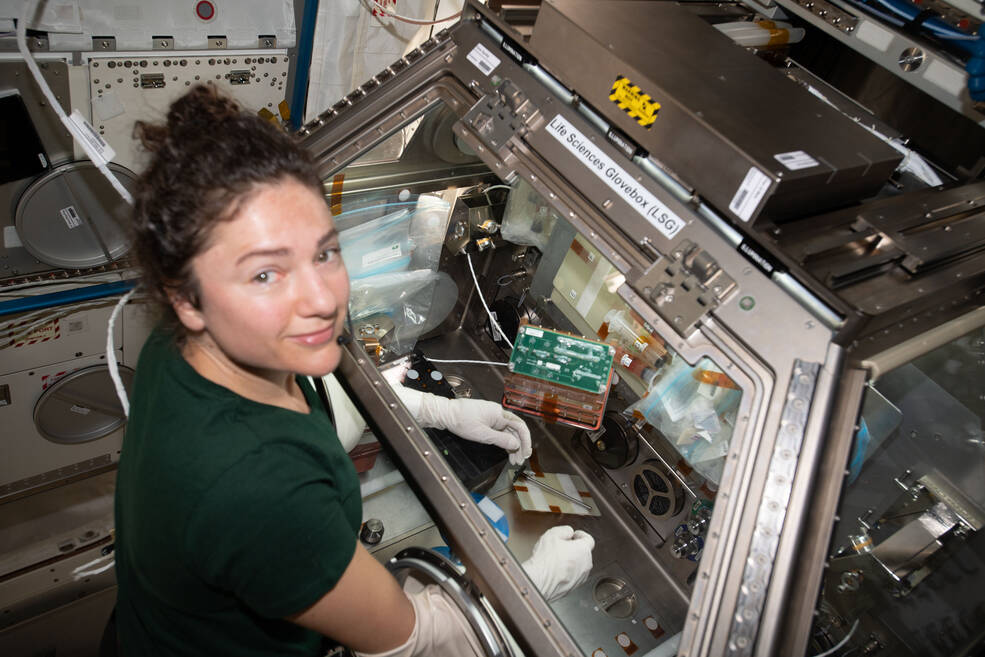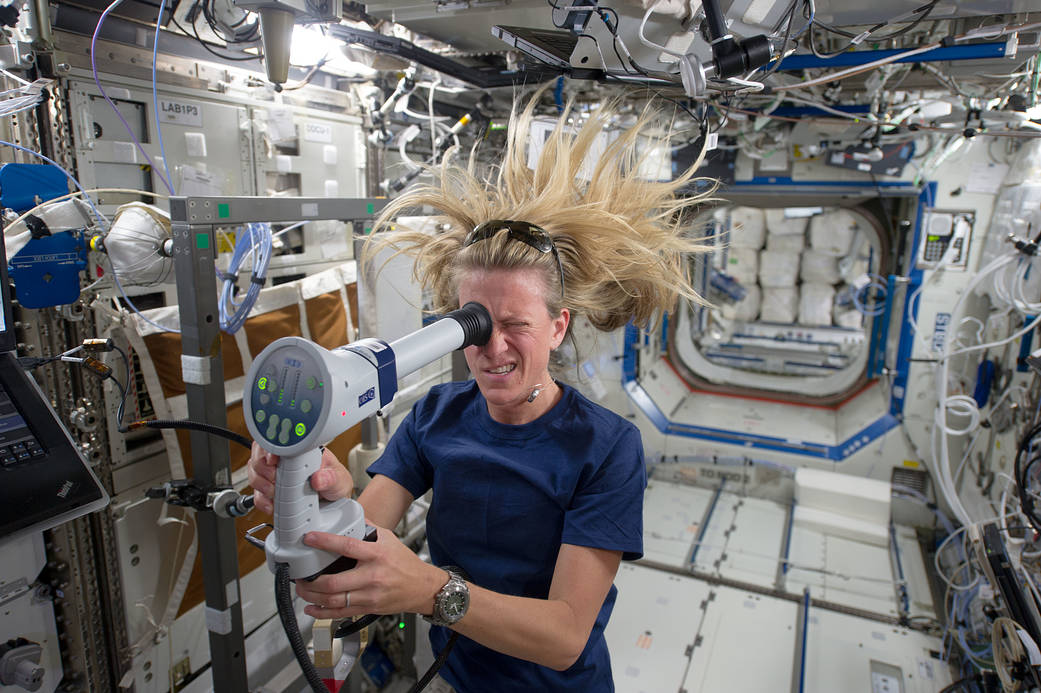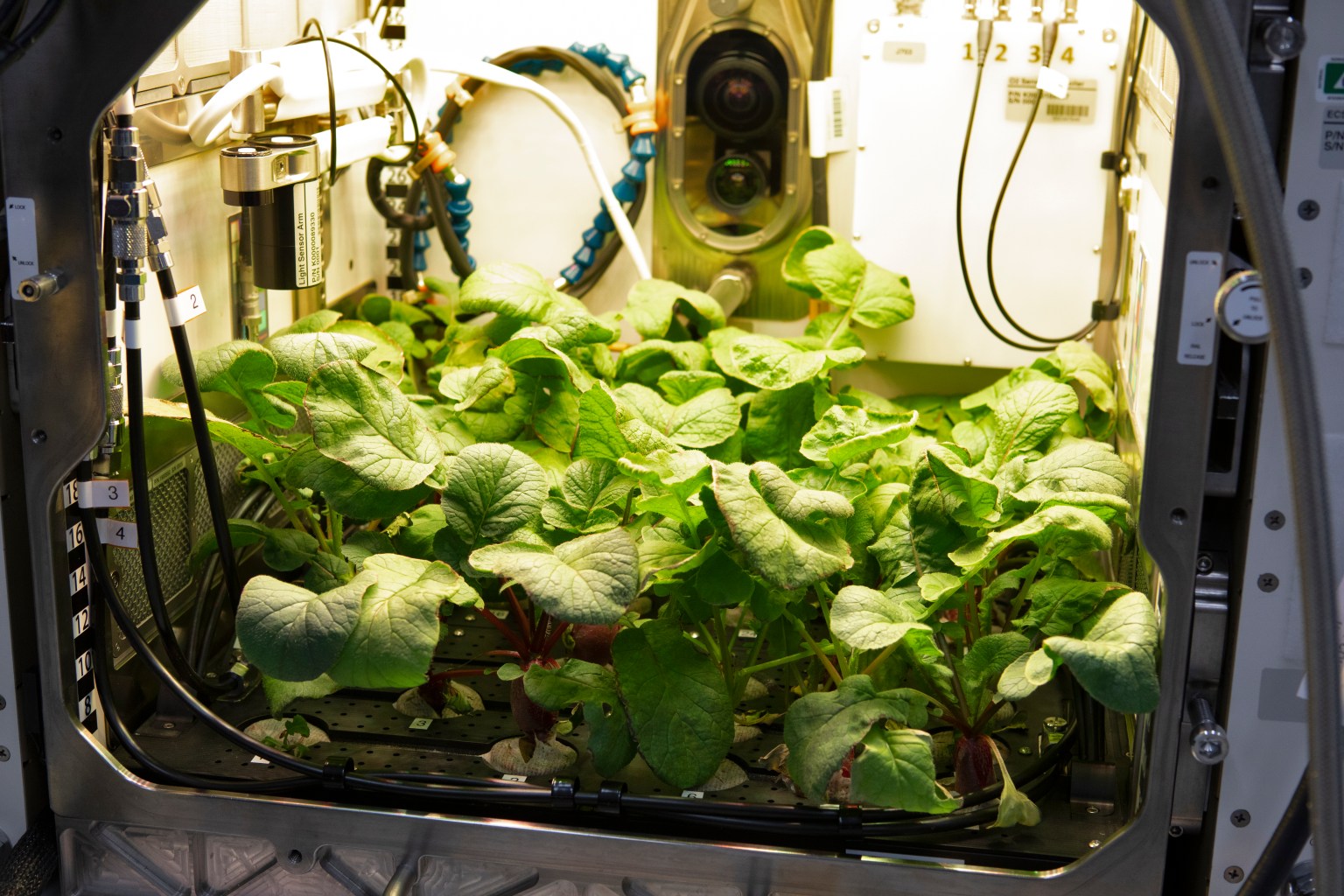Crew members aboard the International Space Station conducted a variety of scientific investigations during the week ending Aug. 11, 2023, including the CSA (Canadian Space Agency) investigation Vascular Aging.
Many crew members experience changes to their bodies in space that are similar to those associated with aging, including arterial stiffening, thickened artery walls, and signs of the development of insulin resistance. Vascular Aging monitors these changes using data from artery ultrasounds, blood samples, glucose tolerance tests, and wearable sensors.
These changes, especially those in the carotid arteries, suggest that the daily sessions of aerobic exercise practiced by astronauts are not sufficient to counteract the effects of spaceflight on the body. The results of this study are helping researchers assess the risk to cardiovascular health and identify possible ways to reduce it. Data also could provide insight into changes seen with aging on Earth.
An early study, Integrated Cardiovascular, looked at cardiac atrophy – or decrease in the size of the heart muscle – on long-duration space flight. Papers published from this investigation showed possible increased risk of atrial fibrillation or irregular beating in the heart’s upper chambers and changes in blood flow in the internal jugular vein. However, there was little effect on systolic blood pressure (the first number in a blood pressure measurement) or orthostatic intolerance (an inability to remain upright when standing).
Other past studies examining cardiovascular issues associated with spaceflight include CCISS, a collaboration between CSA and NASA conducted from 2007 to 2010. That investigation specifically looked at the effects of long-duration spaceflight on heart function and the blood vessels that supply the brain and provided some of the earliest evidence of ‘ageing-like’ deconditioning in space.
The CSA’s Vascular Echo, conducted from 2015 to 2021, examined changes in blood vessels and the heart during missions and after return to Earth. Researchers found changes to arterial walls after six months of spaceflight. The investigation also demonstrated that 3D ultrasound is preferred over 2D for monitoring the cardiovascular system.
Another CSA investigation, Vascular, and an ESA (European Space Agency) study, Vessel Imaging, also provided evidence that daily sessions of aerobic exercise are not sufficient to counteract what amounts to an otherwise sedentary lifestyle in space.
The CSA investigation CARDIOBREATH looks at adaptations of the cardiovascular and respiratory systems and their combined effects on blood pressure regulation in space.
In recent years, studies on the space station have made significant strides in culturing living heart cells for use in disease modeling and drug development. MVP Cell-03 cultured heart precursor cells from human-induced pluripotent stem cells (hiPSCs) – essentially adult stem cells – to study how microgravity affects the number of cells produced and how many survive. The investigation showed that microgravity increased proliferation of heart cells and that the cells had appropriate structure and function. MVP Cell-03 also demonstrated that cryopreservation, a process of storing cells at -80°C, did not appear to affect the cells and even protected them from excess gravity experienced during launch. Cryopreservation makes it easier to transport living cells to the orbiting lab, providing more flexibility in launch and operations schedules.
Engineered Heart Tissues (EHT) used 3D tissues of heart cells derived from hiPSCs to study cardiac function in microgravity. A magnet-based sensor underneath the culture chamber allowed real-time, non-destructive analysis of the functional performance and maturation of the tissues in space.
Funded by the National Institutes of Health (NIH) in collaboration with the ISS National Lab, the investigation built on a previous study, Heart Cells. That investigation used cultures of beating heart cells to examine muscle contraction and changes in gene expression in microgravity. Results confirmed differences in gene expression among flight, post-flight, and ground control samples, including genes involved in mitochondrial metabolism.
Cardinal Heart 2.0, sponsored by the ISS National Lab, used heart organoids to test whether certain drugs reduce spaceflight-induced changes in heart cell function and expression. It built on Cardinal Heart, which confirmed that EHTs could be cultured in microgravity and used to model the effects of spaceflight on the human cardiovascular system. Results from Cardinal Heart 2.0 could support development of effective drug combinations to improve the health of people in space and on Earth.
These and other studies on the space station are helping to protect the cardiovascular health of astronauts on future space missions and contributing to better care for people experiencing related health issues on Earth.
John Love, ISS Research Planning Integration Scientist
Expedition 69



























